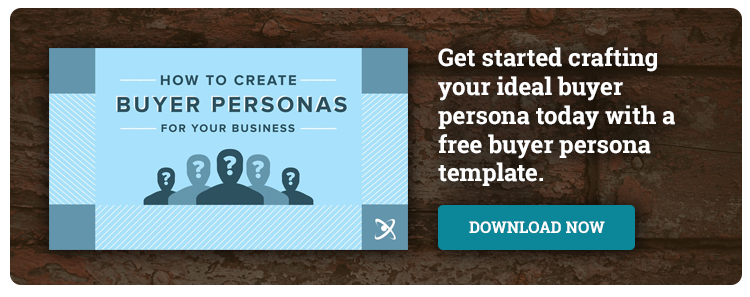A Breakdown of the Modern Buyer’s Journey
| September 19, 2016 | Posted in Buyer Persona
The Internet has revolutionized the way a consumer researches and buys products and services. With a wealth of information at their fingertips, 70 to 90% of the buyer’s journey is already complete by the time they start engaging with your business.
A century or more ago, the buyer’s journey revolved around the seller. The salesperson would grab your attention, spark your interest with product information, try to convince you that you need that product, and then close the sale. As consumer behaviors have evolved, the buyer’s journey has evolved as well.
The Two Major Changes to how Buyers Make Purchases
HubSpot notes two vital updates to the way the consumers make purchase decisions.
- Consumers focus on problems – not products.
- Purchases are driven by the buyers – not the sellers.
Independent research of buyers has changed the way sellers fit into the process. The sellers are there to help understand the problems the buyers face, and offer education on how to solve those problems – which might include their products or services. As a result, the entire journey is based upon the needs of the buyer and how the seller can accommodate those needs.
The Three Stages of the Buyer’s Journey
Now that the sales process revolves around the buyer, the buyer’s journey can be categorized into three main stages: Awareness, Consideration, & Decision.
Awareness
This stage allows buyers to understand what problems they might be facing. Their research often brings them to third party content sources that are experts in their particular industry.
Consideration
Now that the buyer has identified a problem they are facing, they begin looking for the best possible solution to that problem. The seller can start to help guide the process by providing unbiased opinions on what solutions could work best for the buyer.
Decision
The buyer knows what solution they would like to use, and is now trying to decide what product or service to go with. This is where the seller can compare their product against competitors or provide explanations as to why they would be the best fit for the buyer.
Once you understand the buyer’s journey, and what motivations lie behind each phase, you can create content to cater towards each stage. The average consumer looks at 11.4 pieces of content before they reach their decision. If you have content available to assist the consumer through their buyer’s journey, you’re more likely to gain their trust and their business. With the evolution of the buyer’s journey, it is now time for you to evolve your business strategy in order to make the most out of this new buyer-driven world!
If you’re interested in generating qualified leads out of consumers in the buyer’s journey, download this free template and begin crafting your unique buyer personas today!

